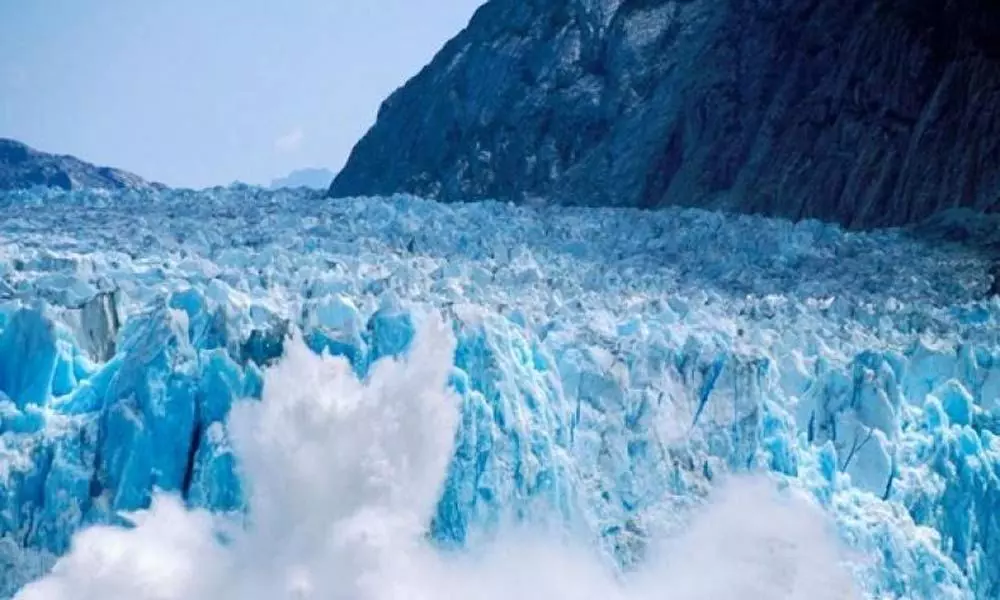Scenario of 'hothouse' making earth less inhabitable planet

While there has been a lot of hue and cry over climate crisis, there still are people who don't believe that the change is real.
Washington: While there has been a lot of hue and cry over climate crisis, there still are people who don't believe that the change is real. But science believes so with not just one but nine evident proofs! Researchers have warned that over half of the climate tipping points which were identified a decade ago are now "active".
These findings indicate the loss of the Amazon rainforest and the great ice sheets of Antarctica and Greenland, which are currently undergoing measurable and unprecedented changes much earlier than expected.
Evidence is mounting that these events are more likely and more interconnected than was previously thought, leading to a possible domino effect. In an article published in the journal Nature, researchers have called for urgent action to reduce greenhouse gas emissions and warned of a worst-case scenario of a "hothouse", a less habitable planet.
"A decade ago we identified a suite of potential tipping points in the Earth system, now we see evidence that over half of them have been activated," said lead author Professor Tim Lenton, director of the Global Systems Institute at the University of Exeter. "The growing threat of rapid, irreversible changes means it is no longer responsible to wait and see. The situation is urgent and we need an emergency response," Lenton warned.
Adding to it, co-author Johan Rockstrom, director of the Potsdam Institute for Climate Impact Research, shared that it is not just humans who are adding to the crisis, but also the advancements in science.
"We must admit that we have underestimated the risks of unleashing irreversible changes, where the planet self-amplifies global warming," the researcher added.
This is what we now start seeing, already at 1°C global warming.
The identified nine tipping points are as follows:
1. Arctic sea ice
2. Greenland ice sheet
3. Boreal forests
4. Permafrost
5. Atlantic Meridional Overturning Circulation
6. Amazon rainforest
7. Warm-water corals
8. West Antarctic Ice Sheet
9. Parts of East Antarctica
In the commentary, the authors propose a formal way to calculate a planetary emergency as risk multiplied by urgency. Exiting the fossil fuel economy is unlikely before 2050, but with temperatures already at 1.1°C above pre-industrial temperature, Earth will likely cross the 1.5°C guardrail by 2040. Reducing emissions could slow this process, allowing more time for low-lying populations to move.
The rainforests, permafrost and boreal forests are examples of biosphere tipping points that, if crossed, result in the release of additional greenhouse gases amplifying warming. Despite most countries having signed the Paris Agreement, pledging to keep global warming well below 2°C, current national emissions pledges -- even if they are met -- would lead to 3°C of warming.
Professor Lenton added: "We might already have crossed the threshold for a cascade of inter-related tipping points. Though global temperatures have fluctuated over millions of years, researchers said humans are now "forcing the system", with atmospheric carbon dioxide concentration and global temperature increasing at rates that are an order of magnitude higher than at the end of the last ice age.
















